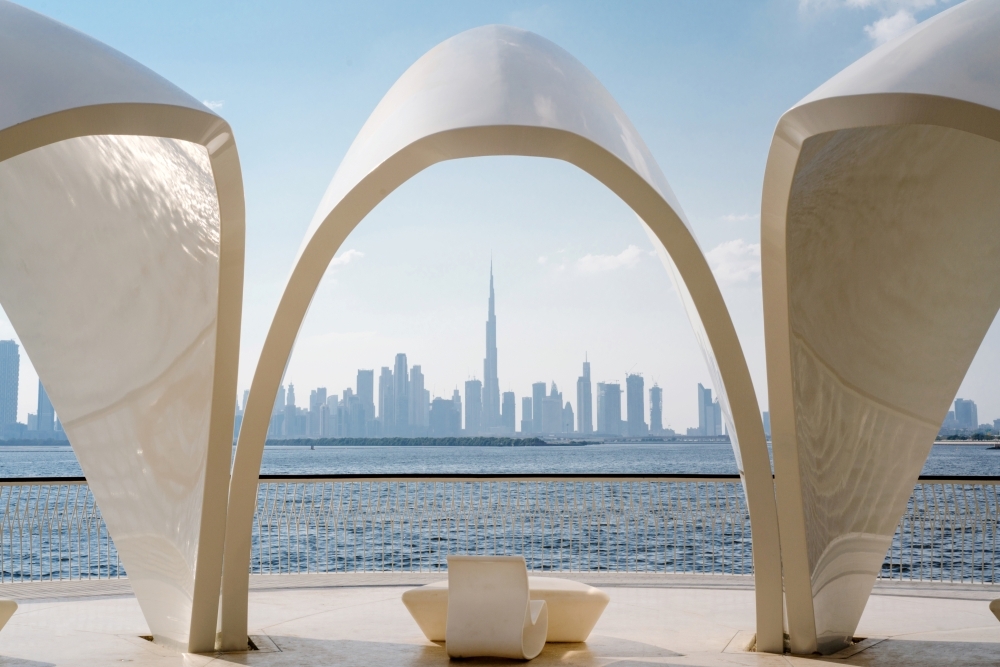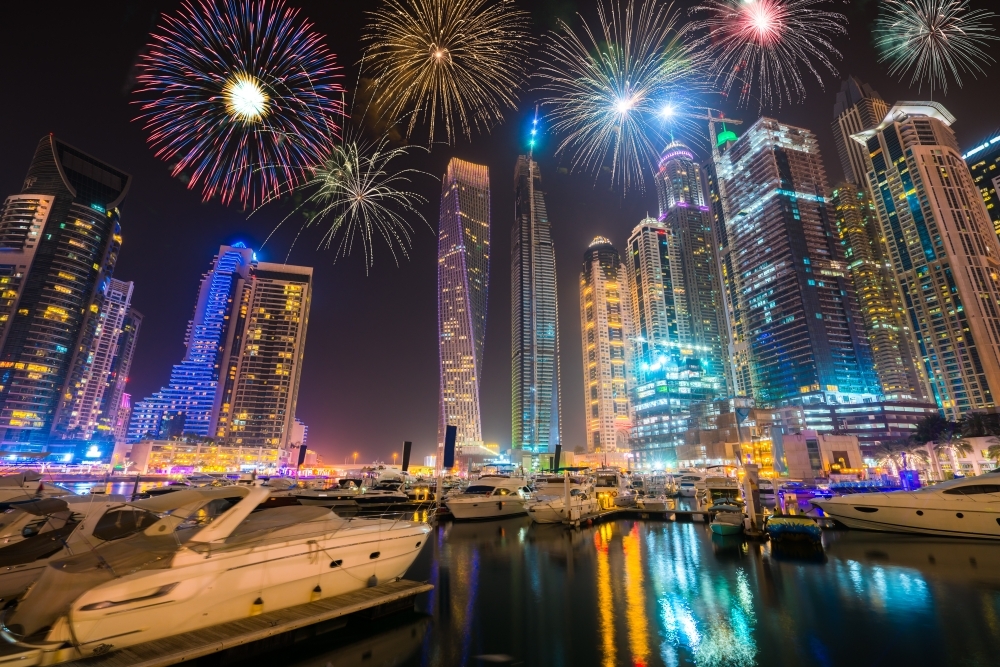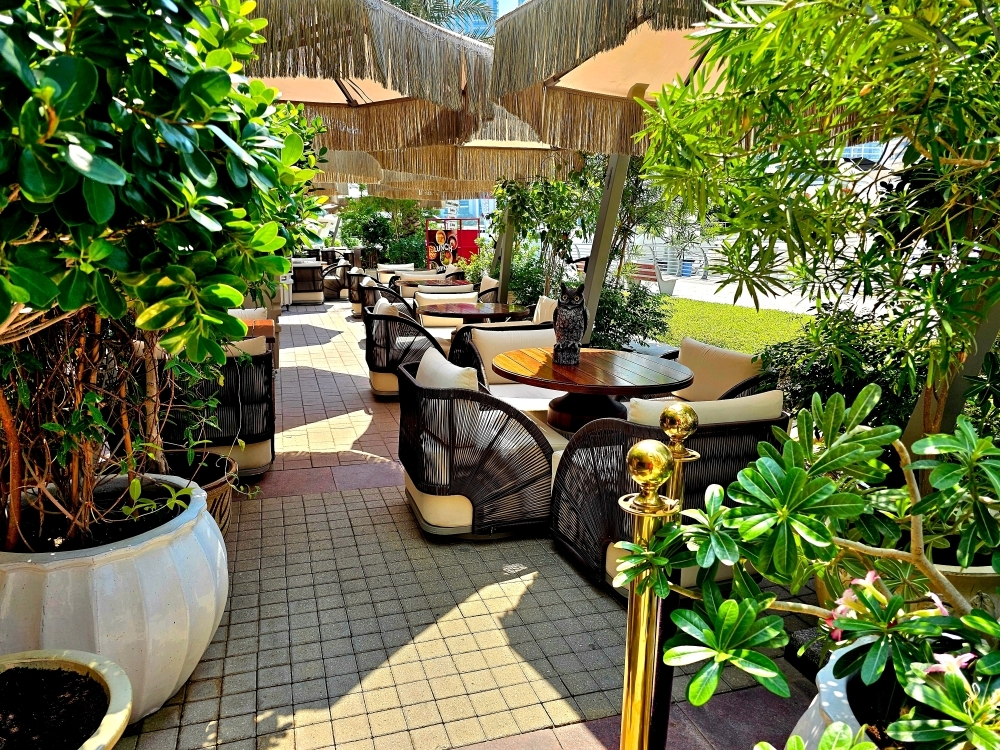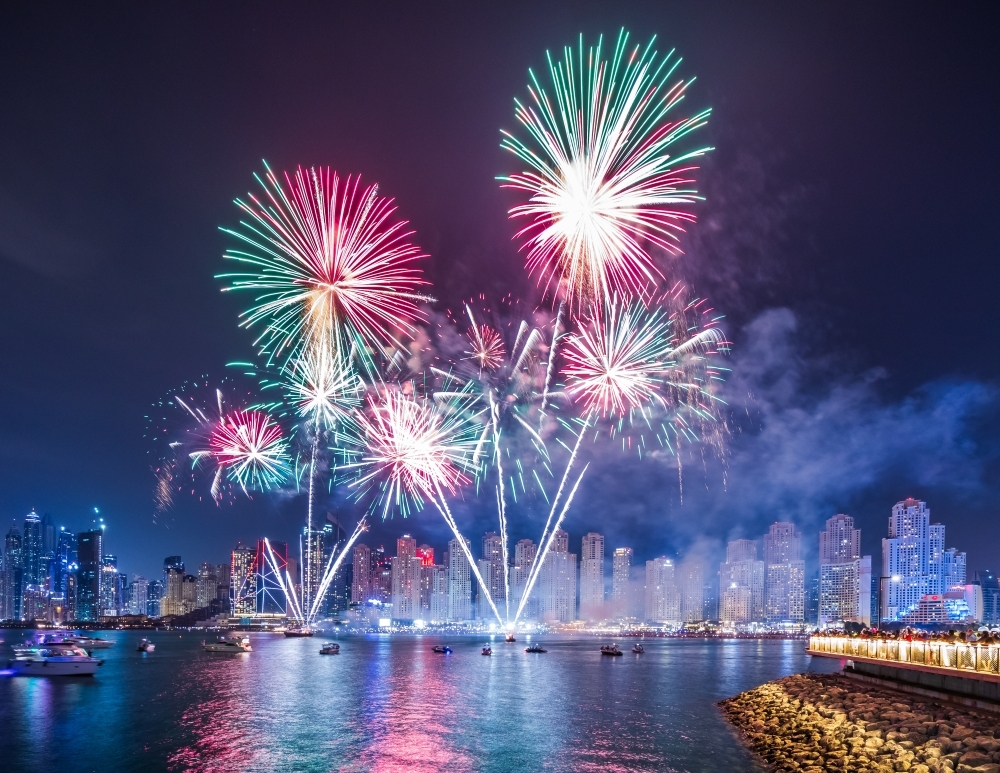The Loop Dubai - Future of Transport Across the City
Once a small trading village that saw regular caravans of camels and commercial steam ships pass through, Dubai has evolved into a global megapolis with an incredibly advanced transport infrastructure. A rapidly growing population has led to the need for enhanced road networks and transport systems to create smoother connections between opposite ends of the city. Mere weeks after the announcement of a high-speed rail line between Dubai and the neighbouring emirate of Abu Dhabi, a revolutionary project was proposed by tech billionaire Elon Musk. Known as Dubai Loop, the system will be a joint collaboration between the Roads & Transport Authority (RTA) and Musk’s The Boring Company, aiming to provide near-instantaneous commutes citywide.
.jpg?width=1000&height=434&name=unnamed%20(42).jpg)
The Loop Dubai: Travelling via ‘Wormhole’
The Dubai Loop was among the topics discussed at the World Governments Summit, an annual global conference where global leaders come together to devise solutions for the most pressing current and future challenges. Elon Musk, who was one of the speakers on the last day of the summit, proposed the Loop as an alternative transport option for easing road congestion and reducing commute times.
The project will involve the construction of an extensive underground tunnel network spanning 17 kilometres. Electric vehicles – namely, Musk’s Tesla vehicles – will operate through the tunnels at speeds of up to 160 kph along 11 dedicated stops. In Musk’s own words, the network will be like a ‘wormhole,’ with passengers ferried from one end of the city to the other in a matter of minutes.
In the initial phase of the Loop, stops will be placed under the most densely populated areas, which consequently suffer from the highest levels of road congestion.
From Las Vegas to Dubai: Desert Innovations
In 2021, The Boring Company launched the Las Vegas Loop, a subterranean shuttle system that services the Las Vegas Convention Centre. Spanning nearly 3 kilometres, the Loop consists of 5 stations with access to and from the Convention Centre, to expand to more than 100 stations spread across the entire Las Vegas. What makes the Loop stand out is that each vehicle runs directly from point to point without stopping at any in-between stations, as a shuttle bus or a train might. The tunnels are designed to accommodate different routes, ensuring smooth rides between different access points without any jams or delays.
The initial plan for the Dubai Loop is to transport a maximum of 20,000 passengers per hour, ultimately expanding to over 100,000 passengers per hour over a more extensive tunnel network.
Designing The Loop: Challenges & Opportunities
An underground transportation system is an ideal solution for the region’s desert climate, as adverse weather conditions won’t cause any disruptions or delays. Passengers can commute to their destinations in safety and comfort no matter which time of year it is, which would be especially welcome at the peak of Dubai’s summer season. The Dubai Loop will also reduce noise pollution above ground and will, ultimately, alleviate the burden on the city’s main roads. But the plan is not without its challenges. While sandy terrain is easier to tunnel through, those tunnels will require additional reinforcement to maintain their structural integrity. Given the extent of over-ground construction that has been done over the years and the necessary depth of foundational work for buildings and associated utility systems, there may be significant reinforcement needed to make the tunnels truly viable. A thorough geological survey and cost analysis needs to be conducted before the project gets fully underway.
Dubai Transport: A Trip Through History
Dubai has always been on the move. At the turn of the 20th century, it established itself as a free port, providing traders from around the world easy passage and additional security. In the early 1950s, Dubai emerged as a city in its own right, building internal roadways and transport systems to support a booming population. Its next wave of significant growth came a little over 50 years later when freehold properties were launched to attract international property buyers.
The resulting influx of visitors led to the transformation of Dubai International Airport into one of the world’s leading air transport hubs. It also led to the eventual formation of the RTA in 2005 as a unified governing body for all forms of transport within the city. Over the past two decades, the RTA has been instrumental in the expansion of bus and taxi networks and also spearheaded the development of the Dubai Metro, which is currently being expanded to serve newer and more populous communities. Other transport initiatives include the Dubai Tram and Dubai Trolley, which service specific areas, as well as water taxis that provide a ferry service across the Dubai Creek.
The Future: Instant Connectivity
In a world that is ever changing, Dubai is ahead of its time through constant innovation. Enhancing connectivity is at the forefront of the city’s plans, with creative solutions such as flying taxis, rail buses, and planes that glide across the water in various phases of development. The Dubai Loop is the latest in that lineup of ambitious projects, though it still needs a bit of planning to be implemented properly. If the delivery of the Loop can match its ambitions, however, that could be a key driver for further economic growth. Areas of Dubai that are considered far-flung today could become closer than ever tomorrow, accessible via tunnel within a few minutes. That could potentially enhance the real estate prospects of those areas and make them prime choices for investment in the future.



